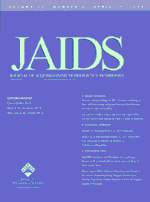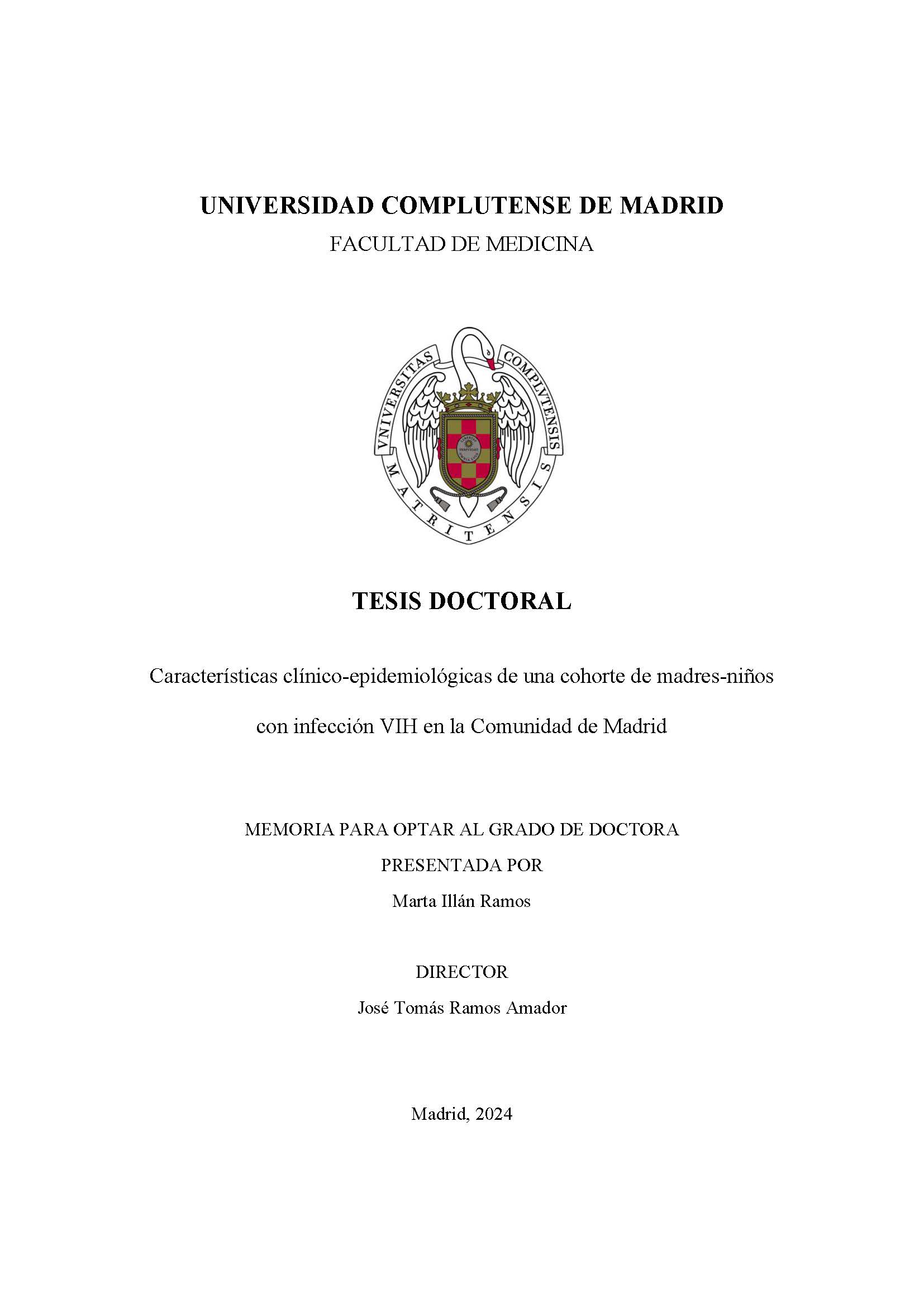Catálogo general VIH

Clinical and epidemiologic characteristics of a cohort of HIV-infected mother–infant pairs during 21 years
Resumen
Background: HIV infection continues to be a worldwide public health problem. After the introduction of effective preventive measures, perinatal transmission dramatically decreased. Our aim was to assess the sociodemographic changes in pregnant women living with HIV infection and trends in perinatal transmission rates over time. Setting: The Madrid cohort of HIV-infected mother–infant pairs is a multicenter, prospective, observational, and cohort study that collects information on HIV-infected pregnant women and their children. Methods: Information on clinical–epidemiological characteristics of HIV-infected pregnant women until delivery and their children from 9 public hospitals was included. Data were collected from a standardized questionnaire from medical records. The results were classified in 3 periods: period 1 (P1) 2000–2006, period 2 (P2) 2007–2013, and period 3 (P3) 2014–2020. Results: A total of 1521 women living with HIV and 1548 newborns were included. In P1, most mothers (75.8%) were Spanish, whereas in P2 and P3 there was a predominance of foreign origin [62.8% and 70.5% respectively (P , 0.01)]. The percentage of women with antiretroviral treatment before pregnancy increased significantly in P3 (P , 0.01). The proportion of Caesarean sections decreased over time (P , 0.01): 66.2% (n = 472) in P1, 54.9% (n = 245) in P2, and 46.7% (n = 141) in P3. The percentage of preterm and low birth weight newborns showed a statistically significant decrease. Even though there were no statistically significant differences (P = 0.154), a decrease in cases of perinatal infection was observed (1.6% in P1, 1.3% in P2 and 0.3% in P3). Conclusions: The epidemiologic characteristics of pregnant women with HIV infection have changed over time in our setting, with an increase of non-Caucasian, heterosexual, and perinatally infected mothers. Although there are still perinatal infections, especially in vulnerable populations such as immigrant women, transmission rate has markedly decreased in recent years and is still of major concern. Prevention measures should be reinforced in the most socially disadvantaged groups.
Autoría:
ILLÁN RAMOS, Marta; PRIETO TATO, Luis Manuel; GUILLÉN MARTÍN, Sara; NAVARRO GÓMEZ, María Luisa; ESCOSA GARCÍA, Luis; ROA FRANCIA, Miguel Ángel; BECEIRO MOSQUERA, José; OLABARRIETA ARNAL, Iciar; MUÑOZ GÁLLIGO, Eloy; VIÑUELA BENEÍTEZ, María del Carmen; REGIDOR SÁEZ, Francisco Javier; MAZARIEGOS ORELLANA, Diana; FUENTES FERRER, Manuel; BERZOSA SÁNCHEZ, Arantxa; CALLEJAS CABALLERO, Ignacio; RAMOS AMADOR, José Tomás
Autoría institucional: Madrid Cohort of HIV-Infected Mother-Infant Pairs
Autoría institucional: Madrid Cohort of HIV-Infected Mother-Infant Pairs
Ficha bibliográfica
- Año de publicación:
- 2022
- Publicación:
- Philadelphia : Lippincott Williams & Wilkins
- En :
- Número:
- Vol. 91, no. 5 (December 15, 2022), p. 479-484
- Formato:
- Artículo
Contenidos relacionados
También te pueden interesar
-
Características clínico-epidemiológicas de una cohorte de madres-niños con infección VIH en la Comunidad de Madrid
-
Caracterización y factores de riesgo en recién nacidos expuestos al virus de la inmunodeficiencia humana durante el embarazo en tres centros hospitalarios de referencia en Cúcuta, Colombia
-
Perinatal HCV transmission rate in HIV/HCV coinfected women with access to ART in Madrid, Spain





